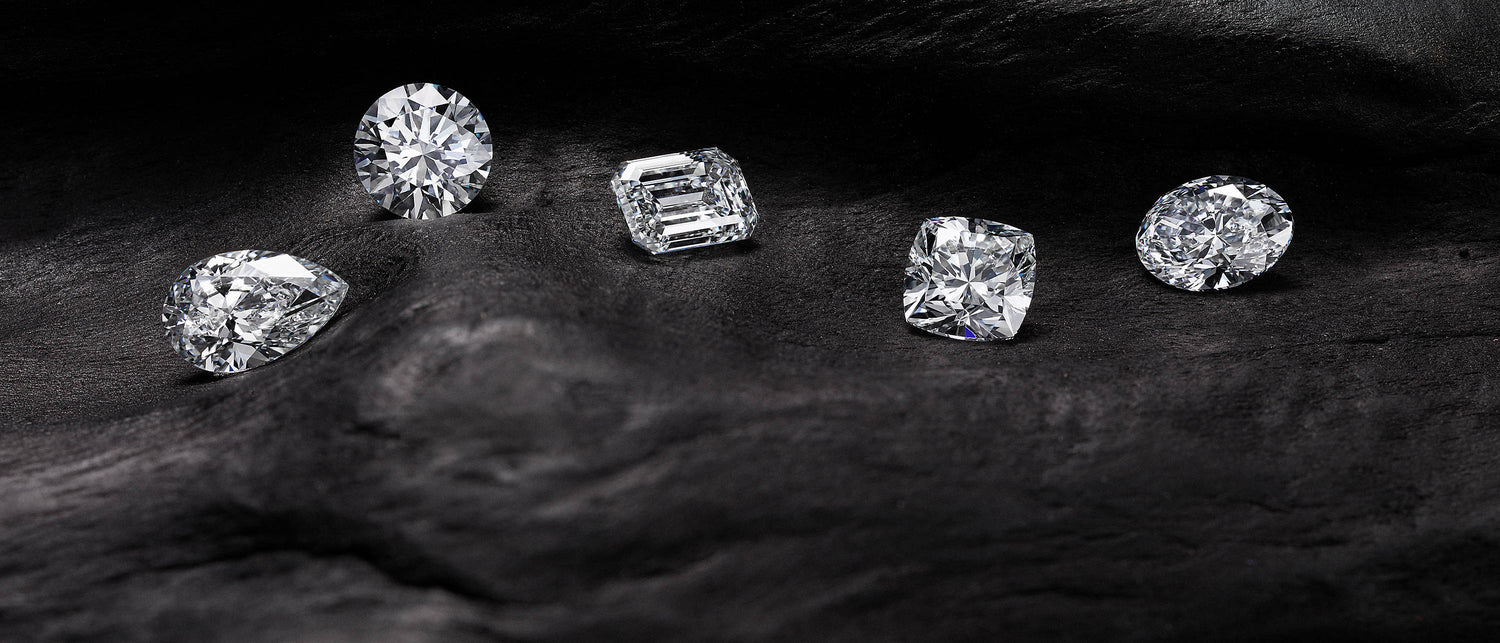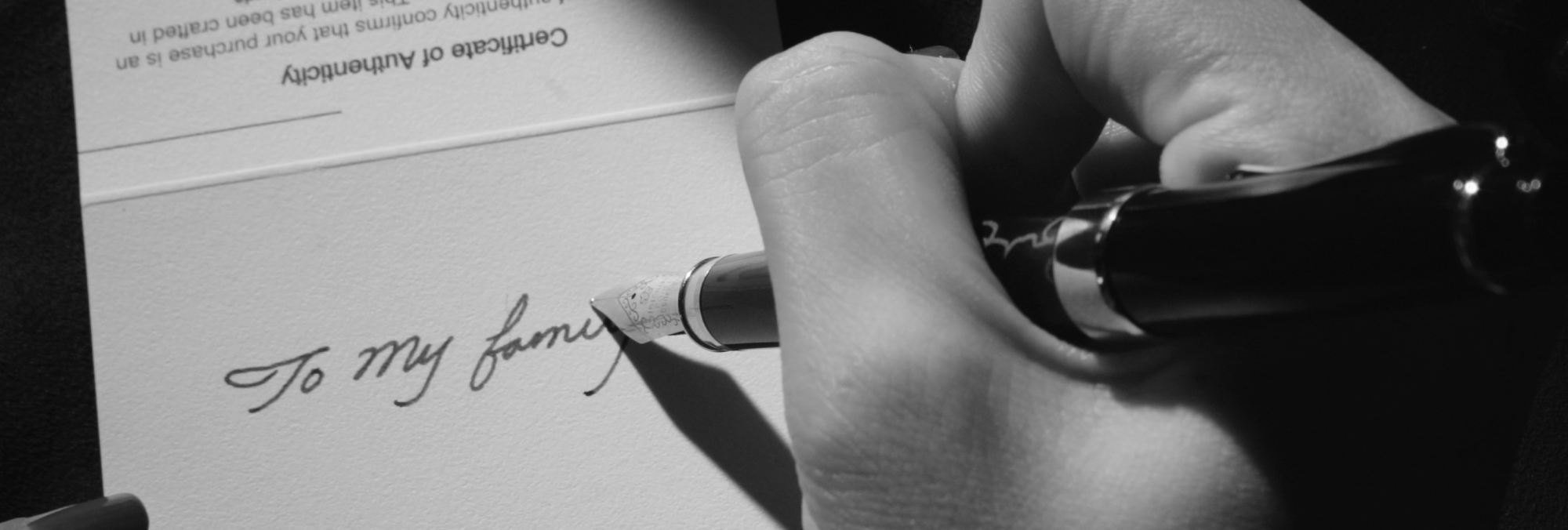Christopher looked at the mesmerizing stone with an awestruck expression. It was blindingly beautiful, as light reflected from its every facet. He wondered, are lab-grown diamonds real? His questions regarding lab diamonds vs real diamonds were answered by an expert on-site, leaving him with newfound knowledge and an appreciation of what science can accomplish now.
What is Lab-Grown Diamond?
Lab-grown diamonds have recently been introduced into the jewelry industry, prompting many to question are lab-grown diamonds real? It must be examined how lab diamonds are manufactured before determining the answer to the lab diamonds vs real diamonds.
Lab diamonds are manufactured using one of two methods. The first method involves using high pressure, high temperatures (HPHT) to simulate the conditions found under the Earth's surface. Tiny diamonds are combined with pure carbon since the two are structurally identical, and enormous amounts of heat and pressure are applied to create a change at the atomic level. The other method is the chemical vapor deposition (CVD) method, which uses energized gasses on a substrate in a vacuum.
Regardless of the method employed, the result is a synthetic diamond practically indistinguishable from its natural counterpart. In the debate of lab diamonds vs real diamonds, the answer is not as simple as it seems. The two types of diamonds are completely identical in terms of appearance, hardness, shine, and other optical and physical attributes. A lab diamond can be cut and shaped to shine just as bright as a natural diamond.
The resemblance between lab diamonds and natural diamonds is so uncanny that even trained experts and dealers find it impossible to tell the two apart without using special instruments to observe the stones on an atomic level. To settle are lab-grown diamonds real question once and for all, the Federal Trade Commission (FTC) recognized lab-grown diamonds as real in 2018.

The Difference between Lab Grown Diamond Vs Real Diamonds:
Despite being seemingly identical, lab-grown and natural diamonds have one key difference, rarity and the consequent value placed on the stone. While natural diamonds are from deep within the Earth's surface over a long period, the same process is sped up under laboratory conditions. It takes anywhere between 1 to 3.3 billion years to form a natural diamond; a lab diamond can be manufactured in weeks. This makes natural diamonds much rarer and highly valued than lab-grown ones.
Experts using special equipment can make the lab diamonds vs natural comparison. Natural diamonds have nitrogen atoms, which are visibly missing from lab-grown ones regardless of the process used to manufacture them. Due to their rarity, natural diamonds are much more highly valued and are considered a good investment since the value doesn't diminish over time. The same is not true for lab-grown diamonds, priced much lower than natural diamonds.
There is also another difference between lab diamonds vs natural diamonds. It is in the way they are attained. While lab diamonds are manufactured in a laboratory, natural diamonds are extracted through mining. Historically speaking, diamond mining has been amongst the most exploitative industries globally. Miners usually get paid very little for very hard work. In addition to this, the money from the diamond trade can often be traced to funding conflict in various countries, which is why natural diamonds have often been referred to as 'conflict diamonds' or 'blood diamonds. As shiny as a diamond may appear, its past is mired by suppression and conflict.

Are Lab Grown Diamonds More Eco-Friendly?
Since the environment has become such a major issue recently due to climatic and ecological change, which is expected to wreak havoc in the coming years, it is critical to examine the impact of lab diamonds vs real diamonds on the environment.
Natural diamonds are extracted via mining, either underground or offshore. In both instances, the resulting environmental impact is staggering. Mining involves displacing large amounts of soil from the Earth's surface. Diamonds are found deep underground and are spread over a large area, and this means a large portion of land is dug up and rendered useless in the process. Lab diamonds are formed under controlled laboratory conditions and involve no ecological damage.
Carbon emissions for natural diamonds are also excessive. A single carat of natural diamond requires 538 million joules of energy and emits 125 pounds of carbon. Lab diamonds only use 250 million joules, the most renewable energy, and produce just 6 pounds of carbon for a single carat.
The disruption to biodiversity that occurs due to mining for diamonds results in loss of natural habitat, destruction of natural resources like fertile land and trees, and the loss of water. In the case of lab-grown diamonds, these effects are negligible, meaning synthetic diamonds are infinitely more eco-friendly than natural diamonds. Factoring in the environmental impact of lab diamonds vs real diamonds is very important, especially nowadays.
5 Exquisite Lab Grown Diamond Jewelries:
Here are five great pieces of jewelry containing lab-grown diamonds that are worth the purchase:
1. Matilde's Brave Ring:

The 'Brave Ring' by Matilde Jewelry is the epitome of style and sophistication. Made from 14 carats recycled white gold, the band has a simple yet unique shape. Embedded with two lab-grown diamonds elevate the ring to a whole new level. Perfect as an engagement ring or for any other occasion, the brave ring is a suitable present for that special man in your life.
2. Innocent Stone's Lab Grown Diamond Earrings with White Gold:

If you want to go for a classic and elegant look, then a pair of studs are timeless. The Innocent Stone studs are made of 18-carat white gold embedded with lab-grown diamonds of 0.1 carats each. These gender-neutral studs are the perfect accessory for any outfit.
3. Diamondere's IWAN:

Diamondere's IWAN Aiden Men's ring is a true masterpiece. This ring is made out of 14 carats white gold, which is two-toned in both silver and gold. The design features a woven design that is beautifully intricate. The eye-catching ring features a braided design with two strings of yellow gold and one string of lab-grown diamonds that give the ring extra shine and sparkle.
4. Rogers & Hollands Men's Lab Grown Diamond Ring In 14k Yellow Gold:

If you are looking for something more expensive which features lots of diamonds, then the Rogers and Hollands Men's lab-grown diamond ring is an option. The ring is a true statement piece made out of 14-carat yellow gold and covered in lab-grown diamonds totaling up to 2.10 carats. With this piece of bling, you will not be questioning are lab-grown diamonds real or not.
5. Matilde's Discovery Necklace:

Matilde's Discovery Necklace for men is an elegant piece of jewelry that looks beautiful while being eco-friendly. Crafted from 14-carat recycled gold, it is white and yellow gold. The necklace chain is sleek and slender, while the pendant is circular with a design resembling a compass in the middle centered with a lab-grown diamond. The spirit of discovery and adventure is perfectly reflected in this piece of jewelry.
Which Diamond Should You Go For?
So, which one is better in the lab diamonds vs. real diamonds comparison, and which one should you buy? The answer depends on your preference. If you prioritize value, rarity, and investment above all, then a natural diamond is the way to go. However, suppose you wish to own a piece of beautiful jewelry while remaining environmentally cautious and factoring in the human cost of natural diamonds. In that case, lab diamonds are the best bet.
It is hard to ignore the issues surrounding natural diamonds so that even their blinding shine cannot take away their controversial origins. Lab-grown diamonds look and feel just as beautiful without the extra baggage. Morally and ethically, choosing lab-grown diamonds is the right decision. Before you ask are lab-grown diamonds real or wonder which you should get lab diamonds vs real diamonds, do consider the issues related to natural diamonds.



